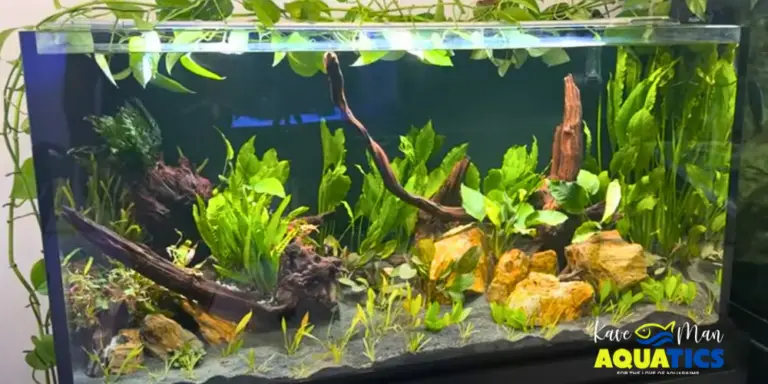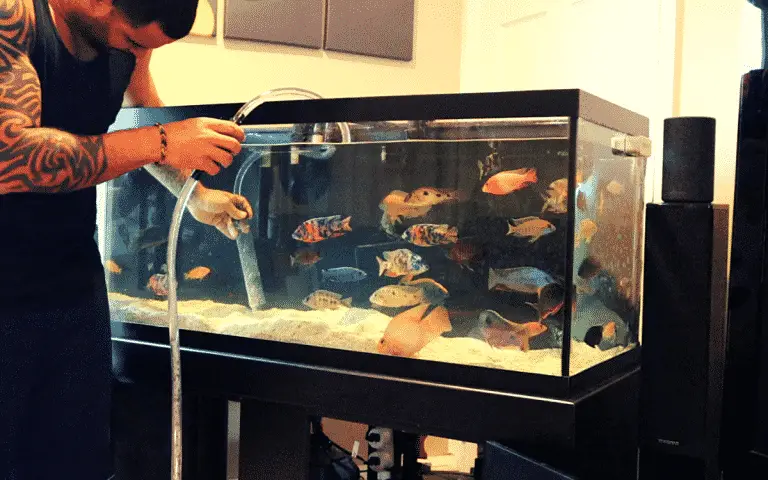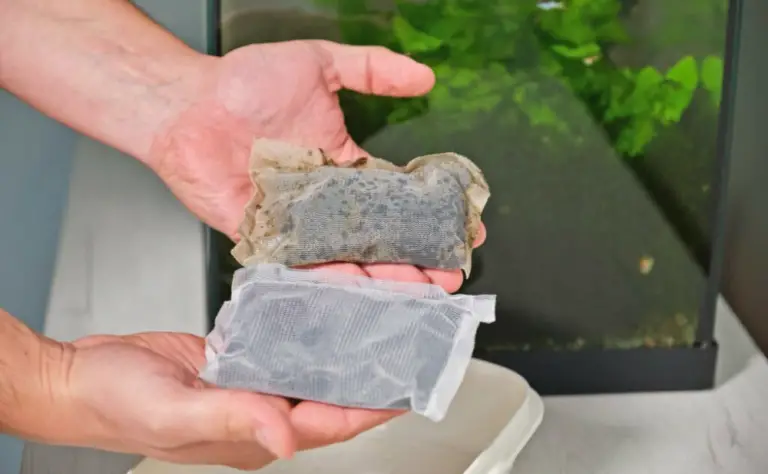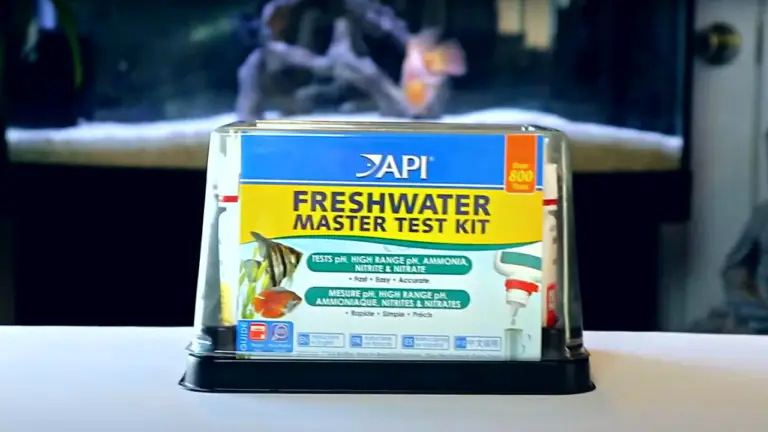Clearing the Fog: 5 Effective Methods to Combat Cloudy Water in an Aquarium
Imagine peering into your aquarium, eagerly anticipating the vibrant colors and graceful movements of your fish, only to be met with a murky haze of cloudy water. It’s a frustrating sight and one that many fishkeepers can relate to. Cloudy water in an aquarium not only detracts from the beauty of your aquarium but can also indicate potential issues with water quality and fish health.
That’s why clearing the fog becomes a top priority for any aquarist. In this blog, we will dive into five effective methods to combat cloudy water and restore crystal-clear conditions to your aquatic haven. Get ready to bid farewell to cloudy water woes and say hello to a sparkling, healthy aquarium.
Common Causes of Cloudy Water
It’s disheartening to see your once-clear aquarium water turn into a murky mess. Cloudy water can have several causes, and understanding them is the first step in combating the issue.
- Overfeeding: One common culprit is overfeeding. Excess food can accumulate and decompose, leading to bacterial blooms that cloud the water. Inadequate filtration is another factor to consider.
- Insufficient filtration: Insufficient filtration capacity or infrequent maintenance can result in a buildup of debris and waste, causing cloudiness.
- High nutrient levels: High nutrient levels, such as excess ammonia or nitrate, can also contribute to cloudy water. Identifying the root cause is crucial as it allows you to address the underlying problem effectively.
It’s important to note that the color of the cloudy water also determines its cause. So, let’s delve deeper into the causes of cloudy water and equip ourselves with the knowledge needed to tackle this issue head-on.
5 Effective Methods to Combat Cloudy Water in an Aquarium
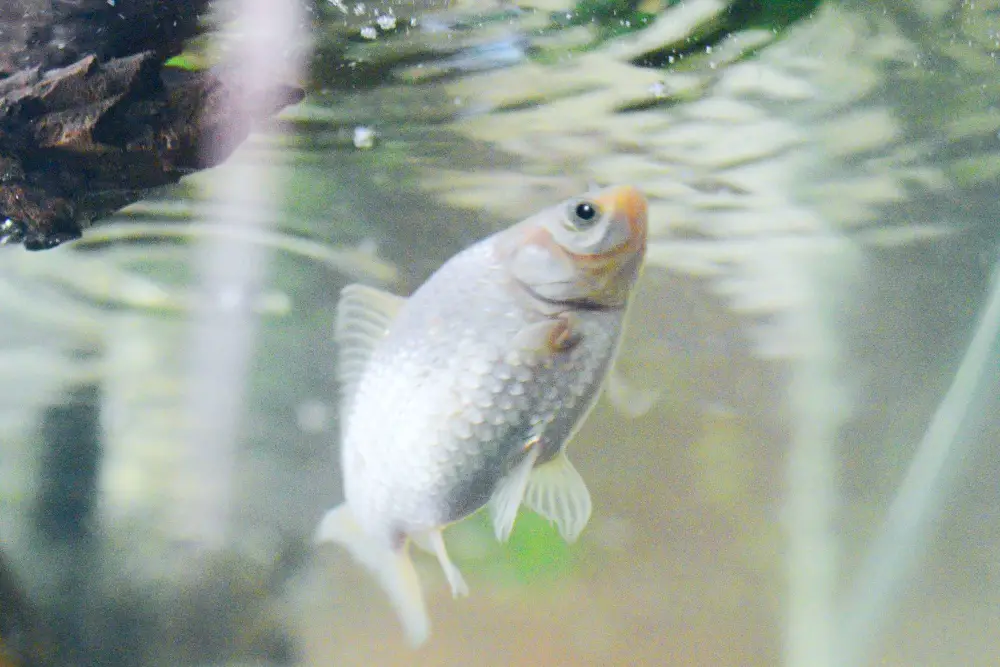
Here are several effective methods you can use to combat cloudy water in your aquarium. We’ll explore each method in detail, providing you with practical steps to restore clarity to your tank. Let’s dive in and learn how to combat cloudy water!
Method 1: Regular Water Changes
Regular water changes are a fundamental aspect of maintaining water clarity in your aquarium. By replacing a portion of the water on a consistent basis, you can remove accumulated debris and dilute excess nutrients that contribute to cloudy water. Here’s how to perform proper water changes:
- Prepare a bucket of dechlorinated water matching the temperature of your tank.
- Use a siphon or gravel vacuum to remove debris and waste from the substrate.
- Gently pour the new water into the tank, avoiding disturbing the substrate or fish.
- Aim to change 10-20% of the water weekly to maintain optimal water quality.
Remember, regular water changes are a simple yet effective method to combat cloudy water and keep your aquarium environment healthy and clear.
Method 2: Improving Filtration
Proper filtration plays a crucial role in combating cloudy water by removing impurities and particles that contribute to its appearance. Consider the following options to improve your filtration system:
- Upgrade to a higher-quality filter: Choose a filter that matches the size of your aquarium and provides adequate flow rate for efficient water circulation.
- Use mechanical and biological filtration media: Utilize filter pads, sponges or filter — or even pot scrubbers — floss to trap debris and waste. Incorporate bio-media, such as ceramic rings or bio balls, to foster beneficial bacteria growth and enhance biological filtration.
- Consider a canister or sump filter: Sumps are advanced filtration systems that offer superior mechanical and biological filtration capabilities, ensuring clearer water.
By improving your filtration system and selecting appropriate media, you can effectively combat cloudy water and maintain a healthy, clear aquarium.
Method 3: Adjusting Feeding Practices
Overfeeding is a common culprit behind cloudy water as excess food particles contribute to waste buildup. To combat cloudiness, follow these feeding tips:
- Feed in moderation: Provide only the amount of food your fish can consume within a few minutes. Avoid excessive feeding as leftover food will decompose and cloud the water.
- Use sinking pellets or controlled-release feeders: These options reduce the chances of uneaten food floating and contributing to water cloudiness.
- Monitor your fish’s appetite: Adjust feeding frequency and portion sizes based on your fish’s needs. Remember, hungry fish are more likely to consume all the food, minimizing waste.
By adopting proper feeding practices, you can minimize excess waste in your aquarium and maintain clear, healthy water.
Method 4: Enhancing Biological Balance
A healthy biological balance plays a crucial role in maintaining clear water. Beneficial bacteria help break down waste and prevent cloudiness. Here’s how to enhance the biological balance in your aquarium:
- Add live plants: Live plants absorb excess nutrients, reducing the likelihood of cloudy water caused by nutrient imbalances.
- Use bacterial supplements: Introduce beneficial bacteria products to kickstart and maintain a healthy bacterial colony. These supplements enhance the breakdown of organic waste, promoting water clarity.
- Avoid over-cleaning: While it’s important to maintain cleanliness, excessive cleaning can disrupt the beneficial bacteria population. Opt for gentle cleaning methods to preserve the biological balance.
By promoting a thriving biological ecosystem, you can effectively combat cloudy water and enjoy a crystal-clear aquarium.
Method 5: Using Chemical Clarifiers
When dealing with persistent cloudy water, chemical clarifiers can provide a quick solution. These products work by clumping together tiny particles, making them easier for the filter to remove. Here are some guidelines for using chemical clarifiers effectively:
- Follow the instructions: Read and follow the manufacturer’s guidelines carefully to ensure proper dosage and application.
- Use as a last resort: Chemical clarifiers should be a temporary fix rather than a long-term solution. Addressing the root cause is essential for maintaining water clarity.
- Consider fish and plant compatibility: Some clarifiers may affect certain fish species or plants. Research and choose clarifiers that are safe for your aquarium inhabitants.
By using chemical clarifiers judiciously and focusing on resolving underlying issues, you can combat cloudy water and restore the clarity of your aquarium.
Achieve Crystal Clear Water in Your Aquarium With KaveMan Aquatics
Combating cloudy water in your aquarium is achievable with the right methods. By addressing the common causes of cloudiness, such as overfeeding and inadequate filtration, and implementing the effective methods outlined in this blog post, you can restore the clarity of your aquarium and provide a healthy environment for your fish and plants.
Remember to take action and implement these strategies consistently. Clear water not only enhances the visual appeal of your aquarium but also indicates a balanced and thriving ecosystem.
To further deepen your knowledge and explore additional techniques for maintaining crystal clear water, we recommend checking out KaveMan Aquatic’s Crystal Clear Aquarium Water ebook. Unlock the secrets to pristine water clarity and take your fish-keeping journey to the next level.
-
Clearing the Fog: 5 Effective Methods to Combat Cloudy Water in an Aquarium
Discover five powerful methods to combat cloudy water and achieve crystal clarity in your aquarium. Learn effective techniques now with KaveMan Aquatics!


